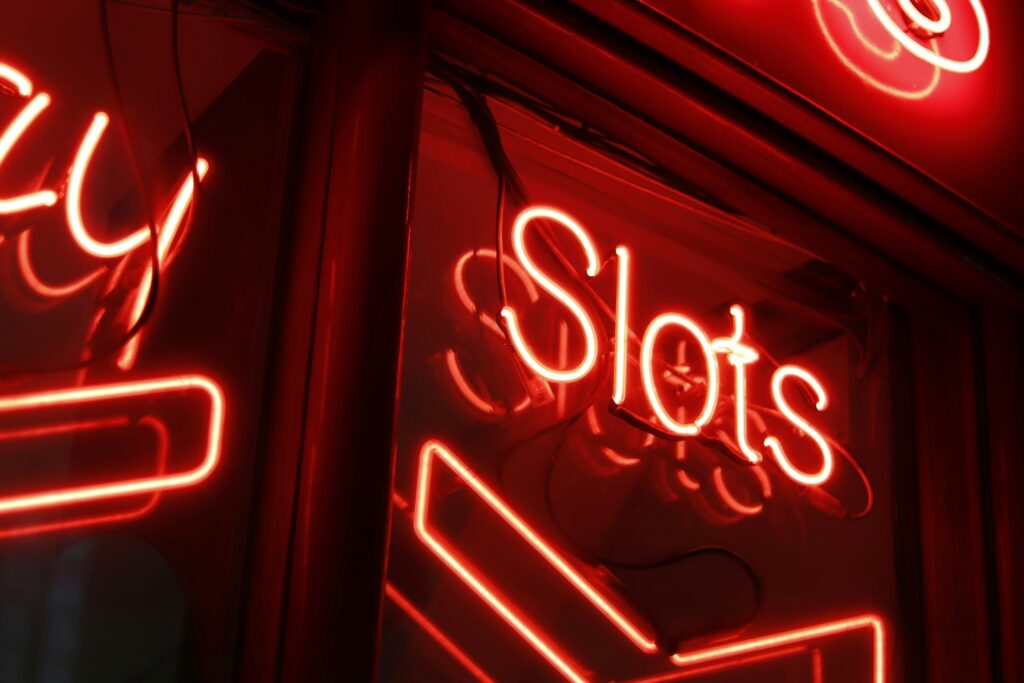
The slot machine has come a long way since its birth in the 1800’s. For a closer look at the evolution of slot machine games, we’ve researched a pioneer in the slot gaming industry – Charles Fey.
When looking at Charles’s background, interests, and business connections. We can see how his passion for mechanics and interest in gambling motivated and caused Charles to persevere in creating and enhancing slots.
From adding new symbols to each Bar in the game to creating a mechanism for an automatic payout. Charles succeeded in boosting the allure of the game. Starting from the top, here is a little about Charles’s earlier years.
What is Charles Fey known for?
Charles Fey is also known as the Father of the Slot Machine. It is said that he is one of the greatest names within gambling history due to his revolutionary creation. Fey’s creation began with a simple five symbol slot machine which has now been adapted throughout the years with iconic symbols like the bar symbol and cherries, however the bell symbol remains even from the original slot machine.
Charles Fey’s Background
Charles August was born in 1862 and was the youngest sibling of 16.
In his younger years, Charles developed an interest in mechanics, which later led him to work on a tool factory farm in Munich, where his brother worked.
In hopes of avoiding the military and the overbearing ways of his father, Charles journeyed across Europe when he was only 15.
His travels consisted of staying in France for a few years and working at an intercom equipment manufacturer. And then to Britain to work in a shipyard as an instrument maker. Here he further developed his skills in manufacturing products, before deciding to move to America and chase the dream of becoming a success.
Chasing the American Dream
After hearing of his uncle’s good fortune in New Jersey, Charles saved and moved to America.
He lived with his uncle for a short time before deciding to head to San Francisco when he was 23. Reports reveal the city was speckled with brothels, opium dens, and gambling halls. Meanwhile, Charles continued to work in the mechanical industry and increased his knowledge and skill set in the trade.
Illness and Family Life
After a tuberculosis scare, Charles decided to settle down with Marie, the woman he loved. They had four children. Around this time, Charles started making his own mechanical inventions.
Regular visits to gambling halls in the city inspired Charles’s creations. And in 1893, he decided to make a better gambling machine for people to enjoy.
For help and guidance, Charles reached out to his friend Theodore Holtz.
Charles, Holtz, and Gustav
Charles’ friend Theodore Holtz connected him with Gustav Friedrich Wilhelm Schultze, who had invented and patented a game called the horseshoe.
This coin-controlled apparatus was the first gaming machine to resemble a slot machine. Inspired by Gustav’s invention, Charles set out to create his own machine.
A year later, in 1894, Fey created a variation of the Horseshoe with an enhanced mechanical reel and proposed that he and Theodore become business partners.
Theo agreed, and the pair set up a company called Holtz and Fey Electric Works.
4 – 11 – 44
By 1895, Fey created his second mechanical invention which was an improvement on the horseshoe which he called 4- 11- 44. The name was related to a lottery game at the time.
Despite Gustav creating the HorseShoe, Fey is given credit for inventing the slot machine. Because it was unlike any game machine that had been created at the time.
After fitting the new gaming machine in a San Francisco bar, it became a huge hit. So, Fey and Holtz got to work to produce more machines.
But it wasn’t long before Fey’s wanderlust returned, and he went travelling again.
Charles Fey & Company
On selling his share of the slot machine company with Holtz, he set up another company on his own called Charles Fey & Company. Holtz also went in another direction and founded a company called Novelty Machine Works.
Years later in 1897, Fey further improved his slot machine innovation by inventing the card bell slot machine.
This game had three reels with a staggered stop mechanism. The staggered stop is where the reels fall to a halt at different times. Creating suspense and excitement for the player. The popularity of the staggered stop in slot games is something still present in games today.
Other improvements include replacing card symbols, such as spades and clubs with bells and stars. In turn, he changed the name of the gaming machine to the Liberty Bell.
It’s important to note that at this time slot machines were not permitted. But the police rarely took much notice. For instance, Schultz got a patent in 1983 for his invention, but when he attempted to sue Holtz, Fey, and others, the court decided the patent was irrelevant because gambling machines were illegal.
As a result, the casino gaming industry didn’t have any definitive rules and regulations to govern the use of the machines. And inventors couldn’t patent their ideas properly, so ideas were often stolen.
Charles, interestingly, never patented a machine again and instead operated privately making deals with bar and cigar shop owners for a split of the profits made from his gaming machine.
During the 1900s Charles’s company was the largest slot business in the country